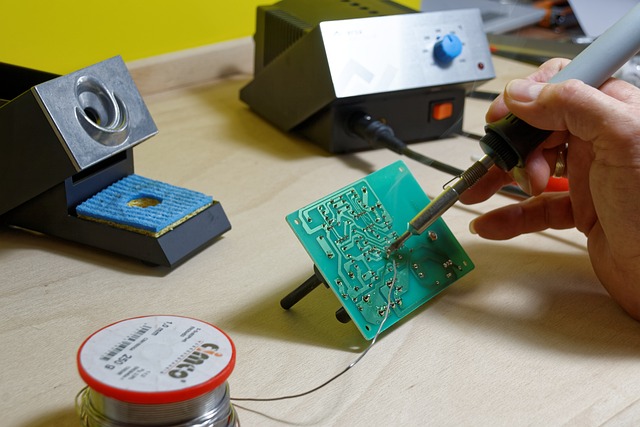
Mastering Soldering Techniques in IT: A Hardware Enthusiast’s Guide
Soldering is a fundamental skill for any hardware enthusiast, especially in the realm of information technology. As you delve deeper into IT, understanding the nuances of soldering can greatly enhance your ability to repair, modify, and innovate within the hardware landscape. Whether you’re a seasoned technician or just starting your journey, mastering soldering techniques is essential for creating and maintaining the intricate electronic devices we rely on every day.
At its core, soldering is about joining two or more electronic components together using solder – a fusible metal alloy. The process may seem straightforward, but proper technique can make a world of difference and ultimately impact the performance and reliability of your devices. Whether you are assembling a custom PC, repairing an old game console, or developing new prototypes, honing your soldering skills will significantly empower your technical capabilities.
One of the first steps in mastering soldering is understanding the various types of solder available. Lead-free solder is commonly used today due to regulatory standards, but leaded solder is easier to work with for beginners. Each type has its own melting point and flow characteristics, so your choice will affect the soldering process. Consider investing in high-quality solder to achieve the best results.
Before picking up your soldering iron, it’s crucial to prepare your workspace. A clean, well-lit area free from distractions will greatly enhance your soldering experience. Gather your tools, including a soldering iron, solder, wire cutters, and a soldering sponge to keep your Iron tip clean. A helping hand or a third-hand tool can also provide support while you work, making the process more manageable.
When it comes to the actual technique of soldering, start with securing your components. Ensure that the wires and parts fit snugly together since a good physical connection is vital for a solid electrical connection. Heat the joint with your soldering iron, and once it’s hot enough, introduce the solder to the joint, allowing it to flow and create a strong bond. Remember to avoid excessive solder, as this can lead to shorts or create messy joints.
Practice makes perfect! Start with simple projects, like soldering wires together, then gradually progress to more complex tasks, such as attaching components onto a printed circuit board (PCB). Each project will improve your dexterity and confidence, enabling you to tackle more challenging scenarios in your hardware journey.
As technology continues to evolve, staying updated on the latest soldering techniques is crucial. Online forums, tutorials, and communities can serve as valuable resources for learning and sharing experiences. Engaging with fellow enthusiasts can provide insights into best practices and innovative approaches in the IT landscape.
Ultimately, soldering is not just about the technical aspects; it also represents a mindset of creativity and problem-solving within information technology. By embracing the art of soldering, you are not only developing a practical skill but also connecting deeper with the hardware that powers our digital world.



